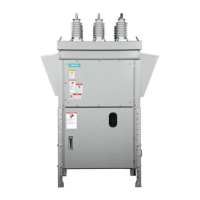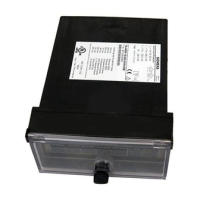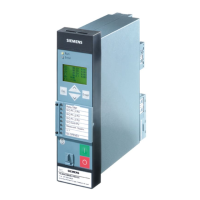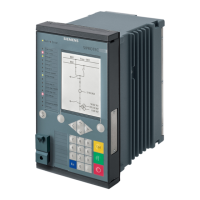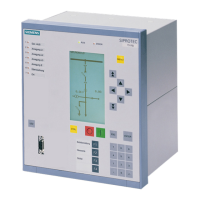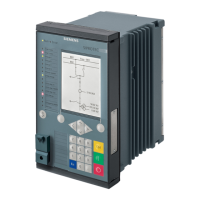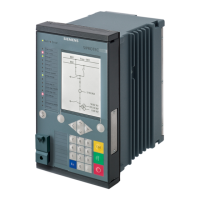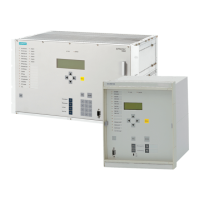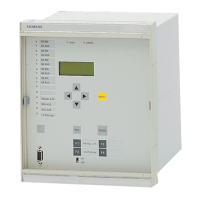53
5.3.4 Causes of excessive leakage currents and possibilities of reducing
them
Causes of leakage currents Consequences
EMC (input) filter capacitances between
phase conductor and PE conductor
Highly dynamic and static
leakage currents
Conductor capacities Mainly static leakage
currents
Making/breaking asymmetries Highly dynamic leakage
currents possible
Summation of leakage currents due to
connection of several loads (especially
frequency converters) to an RCCB
Highly dynamic and static
leakage currents
Clock frequency of frequency converters Static leakage currents
via cable capacitance
Grounding conditions Static leakage currents
Harmonic component of the output
voltage of the frequency converter
Static leakage currents
via cable capacitance
Corrective measures
• Use low leakage current lters.
• Clarify with converter manufacturer whether lters with lower degree of
interference suppression (class B or C3/C4 instead of class A or C1) are possible
or EMC input lters can be dispensed with if, for instance, output-side sinewave
lters or dv/dt lters or motor chokes can be used.
• Minimize cable lengths (the overall capacity and thus the leakage current
owing to PE increase with the length of the cable corresponding to the
capacitance per meter – leakage current of shielded cables from approximately
0.2 mA/m to 1 mA/m).
• Select cables with low conductor-ground capacitance. Symmetrical cables
achieve favorable values. Single conductor conguration yields higher leakage
currents.
• The use of shielded cables can be dispensed with if the EMC requirements are
also met with unshielded cables, for instance (i.e. with sinewave lters at the
output).

